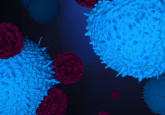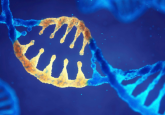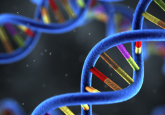Targeting emergency valves to release the pressure on antibiotic resistance

A new study has exposed the mechanism that triggers channels on bacterial membranes to open, providing a new target for antibiotic drug discovery. A recent study has discovered the mechanism that triggers ‘emergency valves’ to open on distressed bacterial membranes. The study, led by Thomas Walz (The Rockefeller University, NY, USA), could have implications for the development of new antibiotic therapeutics. When bacteria are physically stressed by being squashed, stretched or inflated, valves built into their membranes open to release their cell contents and alleviate the pressure on the membrane, preventing the bacterium from exploding. If the mechanism controlling this...
To view this content, please register now for access
Join our member community for FREE to access a collection of journal and online-only features, including:
- Exclusive access to educational videos, eBooks and insights into top BioTechniques journal articles
- The latest news and journal updates delivered straight to your inbox when you want it
- Personalized recommendations for the latest member-exclusive podcasts, interviews and expert opinions
- Priority registration to webinars, panel discussions and events
- Access to competitions and journal publication discounts, including 10% off open access fees when you sign up today!





